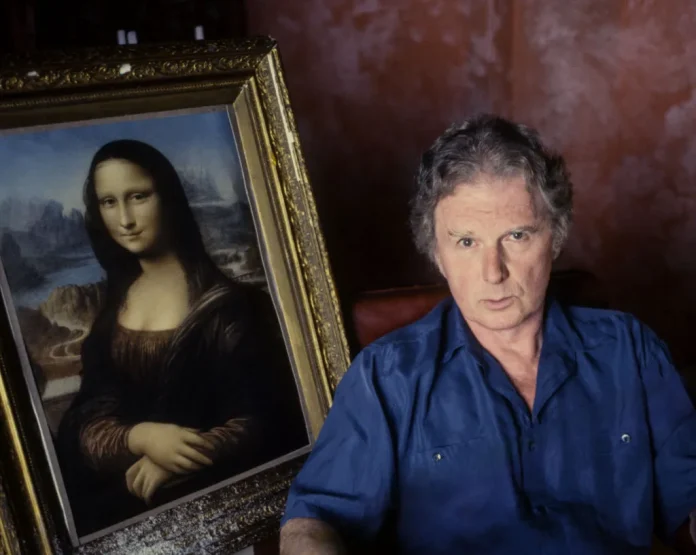In the world of fan art, the balance between creative expression and intellectual property rights is often delicate. A recent case exemplifies this tension, involving an artist who produced two limited-edition art prints inspired by Pokémon, specifically from the third game-generation of the franchise, known to the fans as “Hoenn”. The creations, while celebrated by fans, attracted the attention of Nintendo who immediately issued a cease and desist order, asserting that the artist’s works infringed upon their intellectual property rights.
Cease and desist orders are a common tool used by companies like Nintendo to protect their intellectual property. Nintendo has a history of taking action against fan-made projects that utilize their characters or settings without authorization. For instance, in 2016, the company issued takedown notices for hundreds of fan games hosted on platforms like Game Jolt, including notable projects such as “AM2R,” an unofficial remake of “Metroid II,” and “Pokémon Uranium,” a fan-made Pokémon game.
As reported by artepad, In this particular case, the artist chose to challenge the cease and desist order in court. Remarkably, the judge dismissed Nintendo’s order without even making contact with the company, a decision that underscores the complex legal landscape surrounding fan art and intellectual property. It is worth noting that this happened in a European court, where huge corporations are usually viewed unfavorably by government bodies and policy makers.
Since the decision, Zalkian’s prints have been gaining huge visibility which lead to astronomical prices within the secondary market. In a gesture of gratitude towards his supporters, the artist announced the creation of a third print edition, showcasing a legendary Pokémon. Unlike the previous editions, these prints will be distributed for free to 100 of his supporters, serving as a thank you for their unwavering support throughout the proceedings.
This case highlights the ongoing debate between protecting intellectual property rights and allowing fan-driven creativity. While companies like Nintendo are within their rights to safeguard their creations, the enthusiasm and passion of fans often lead to unique and transformative works that contribute to the cultural landscape. Finding a balance between these interests remains a nuanced and evolving challenge.




